Estimated reading time: 10 minutes
Have you ever been casually sitting on the couch, only to receive an unexpected tail slap from your whiskered roommate? If you’re a cat owner, chances are you’ve experienced this peculiar form of feline communication.
It can be baffling—and sometimes amusing—to try to decipher what your cat is attempting to tell you with these swift tail flicks.
Believe it or not, when your cat hits you with their tail, it’s usually a sign of deep affection rather than aggression. This might seem like a strange way for your furry friend to show love, but cats have their unique language that we humans need time to learn.
Our article delves into the mysteries behind those curious tail slaps and offers insights into how they reflect your cat’s feelings and desires. By exploring reasons ranging from demand for attention to pure playfulness, we’ll help clarify what may cause this behavior.
Key Takeaways
- Cats use tail slaps to communicate different feelings like seeking attention, showing interest, affection, playfulness, marking territory, overstimulation, fear or anxiety, and aggression.
- Understanding your cat’s body language can help you respond correctly to a tail slap. Watch for signals such as puffed-up tails which mean fear or fast tail flicks that could show irritation.
- Always approach cats with patience and avoid punishment when responding to their tail communication. Positive interactions build trust and make it easier to understand what they’re trying to tell us with their tails.
Understanding Your Cat’s Tail Language
Cats talk with their tails as much as they do with meows and purrs. A cat’s tail slap can mean many things.
Your cat might be saying, “Hey, notice me!” or it could be a little annoyed. Think of it like a person frowning or tapping their foot – it’s a signal.
A swishing tail often shows your cat is focused and playful. But watch out! If the tail starts to twitch more quickly, this may warn you that the kitty needs some space.
The speed and rhythm are clues to what your furry friend feels. So pay attention to those slaps and wags – they’re part of how cats speak to us!
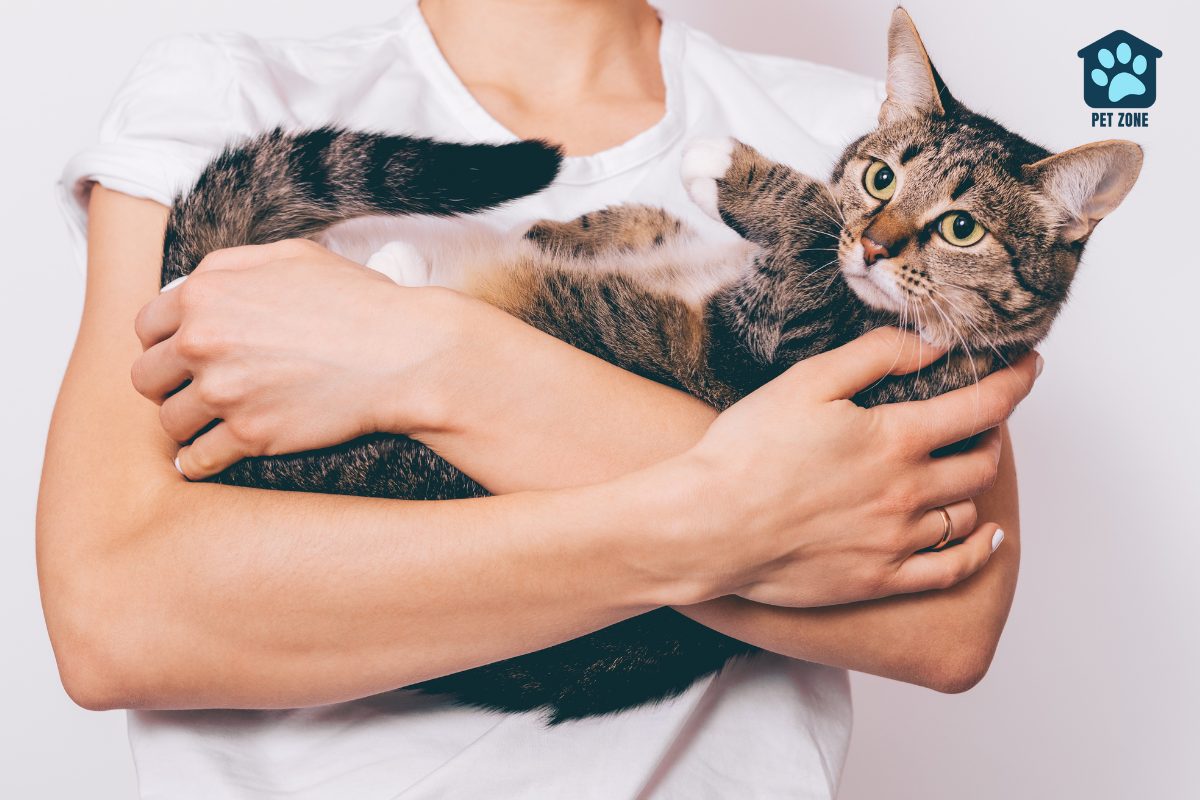
Possible Reasons Cats Tail Slap Humans
If you’ve ever been on the receiving end of a tail slap from your feline friend, you might be curious—or even a bit concerned—about what they’re trying to communicate.
Cats are creatures of many moods. Their tails can act as an emotional barometer; decoding these signals can deepen our understanding and strengthen our bond with them.
Seeking Attention
Your cat slaps you with his tail, and it might be a signal. He could be saying, “Hey, look at me!” Cats love the spotlight sometimes. They want your eyes on them when they crave cuddles or playtime.
Imagine your feline friend sitting there thinking, “I need some petting now.” So he gives you a quick tap with his tail to say it’s time for attention.
Some cats wrap their tails around your leg or flick them in front of your face. This is another way they try to catch your eye. Your cat may follow you around the house doing this until you notice him.
It’s like he’s telling you, “Stop what you’re doing and focus on me.” Watch for these little signs; they mean your buddy wants some love or treats from his favorite person – that’s you!
Expressing Interest
Cats are naturally curious creatures and often use their tails as tools for exploration. A cat may slap you with its tail if something about you sparks its interest.
This behavior can be similar to when they bump their noses against a new toy or sniff at an unfamiliar scent.
They’re trying to learn more about you using the sensory receptors in their skin and fur.
If your furry friend whips their tail around while you’re busy, they might be craving some interaction. These tail slaps are like little taps on the shoulder, saying “Hey, look over here!” It’s one of the many ways your cat tries to communicate that it wants your company.
Maybe they’re hoping for a cuddle session or just want to sit close by as you go about your tasks. Keep an eye out for these signals; they show deep love from your kitty companion!
Show of Affection
Your cat might slap you with their tail because they care about you. Tail slaps can signify that your feline friend is especially showing love.
Think of it as a gentle tap to say, “Hey, I like you!” When they wrap their tail around your leg, it’s like hugging you.
This behavior is one of the many ways cats show deep love for their owners. So next time your kitty swishes its tail against you, take it as a compliment—they’re just trying to be close!
Playfulness
Cats are playful by nature, and a tail slap might just be part of the fun. This behavior suggests they want to play with you. They may hit your hand or gently thump their tail against you during a game.
The movements show they’re in good spirits and ready for some interaction.
Think of these tail slaps as invitations from your pet. They might smack their tail when excited or wrap it around your leg as they dance around you, signaling deep love and the desire to engage in lighthearted antics.
Recognize this sign of happiness and excitement; it’s your cat’s way of saying, “Let’s have some fun together!”.
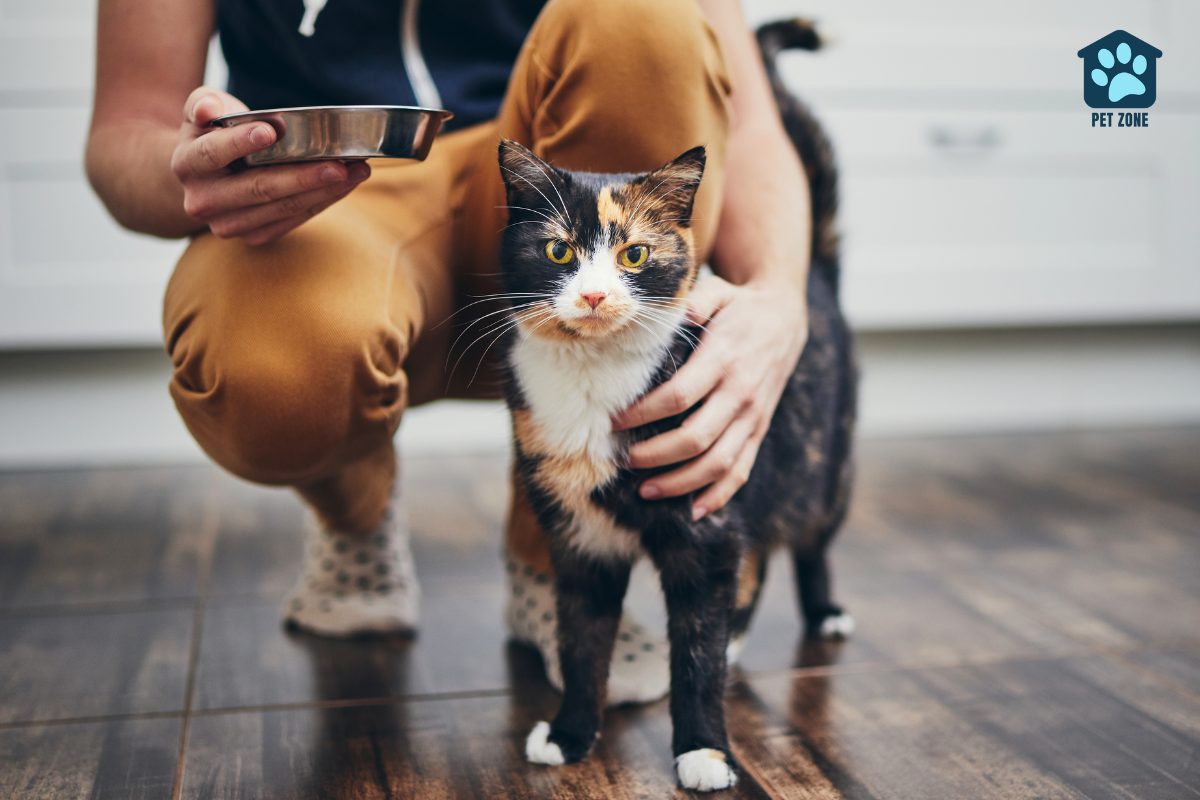
Marking Territory
A cat slapping you with its tail might be setting boundaries. They are claiming their space or even you! If your furry friend wraps their tail around your leg, they’re saying, “You’re mine.” This is how cats use scent to mark territory.
Think about it; your pet could be telling others, “Back off, this human belongs to me!” Watch for these moments—especially if you’re sitting in their favorite spot. Your cat might just give a gentle tap with their tail to say, “Move over; I was here first.” It’s one way they communicate what’s theirs without making a sound.
Overstimulation
Sometimes, your cat slaps you with his tail because he’s had too much. Overstimulation is like when someone tickles you for too long and it stops being funny.
Your cat starts out enjoying the pets or play, but then it gets to be too much, and he tells you by slapping. It’s his way of saying “Enough!”.
Tail slapping could also mean your furry friend is feeling cranky or annoyed. Imagine you’re trying to focus and someone keeps poking you – eventually, you’d want them to stop, right?
Well, cats are the same; they use their tails to let us know something’s bugging them.
Watch how your cat acts before the slap – if he seems tense or jumpy, give him a little break from whatever is happening.
Fear or Anxiety
Cats might slap their tails when they’re scared or feeling anxious. It’s a sign something is bothering them, and they’re trying to tell you about it.
Their tail movements can show many emotions, but fear makes cats act fast. They may whip their tail back and forth to show distress or discomfort.
Pay attention to your cat’s body language when its tail starts hitting you. Look around – maybe there’s too much noise, strangers in the house, or another pet making your cat nervous.
Understanding what scares your cat helps you fix the problem. Calm them down by removing stress triggers and giving them a safe space where they feel secure.
Sign of Aggression
Your cat’s tail can show you how it feels. A thumping tail often means your furry friend is mad or frustrated. This is a big warning sign if the tail starts smacking back and forth fast.
It says, “Stay away!” Your pet might be scared or ready to fight. Watch for these signs of trouble so you know when to give your cat some space.
Tail slapping isn’t just playful; it has many meanings. Rapid tail movements are not friendly gestures—they spell out anger and fear loud and clear.
Always keep an eye on your cat’s body language to stay safe and understand its feelings. This helps prevent bad situations before they happen.
How to Respond When Your Cat Slaps You With Their Tail
Cats often communicate with their tails, and a tail slap can mean many things. It’s helpful to understand this type of cat behavior and know how to react.
- Look carefully at what your cat does before and after slapping you with their tail. This might give clues about their feelings or needs.
- Pay attention to the rest of their body language. For example, a puffed-up tail could signal fear, while slow wags might show relaxation.
- Give your pet space if they seem agitated or scared. Backing off can prevent further stress for both of you.
- Engage in play if the tail slap seems playful. Offer them toys or initiate a game that they enjoy.
- Show affection by petting gently but stop if they move away or show signs that they’ve had enough.
- Offer treats when they wrap their tail around your legs, as it may be a sign of love and trust.
- Be cautious and slowly approach if their tail is flicking fast—this could indicate irritation or anger.
- Observe any changes in tail behavior like the ‘question mark’ position, which may signify friendliness and curiosity.
- Avoid punishment because negative reactions can harm your relationship with your cat and make matters worse.
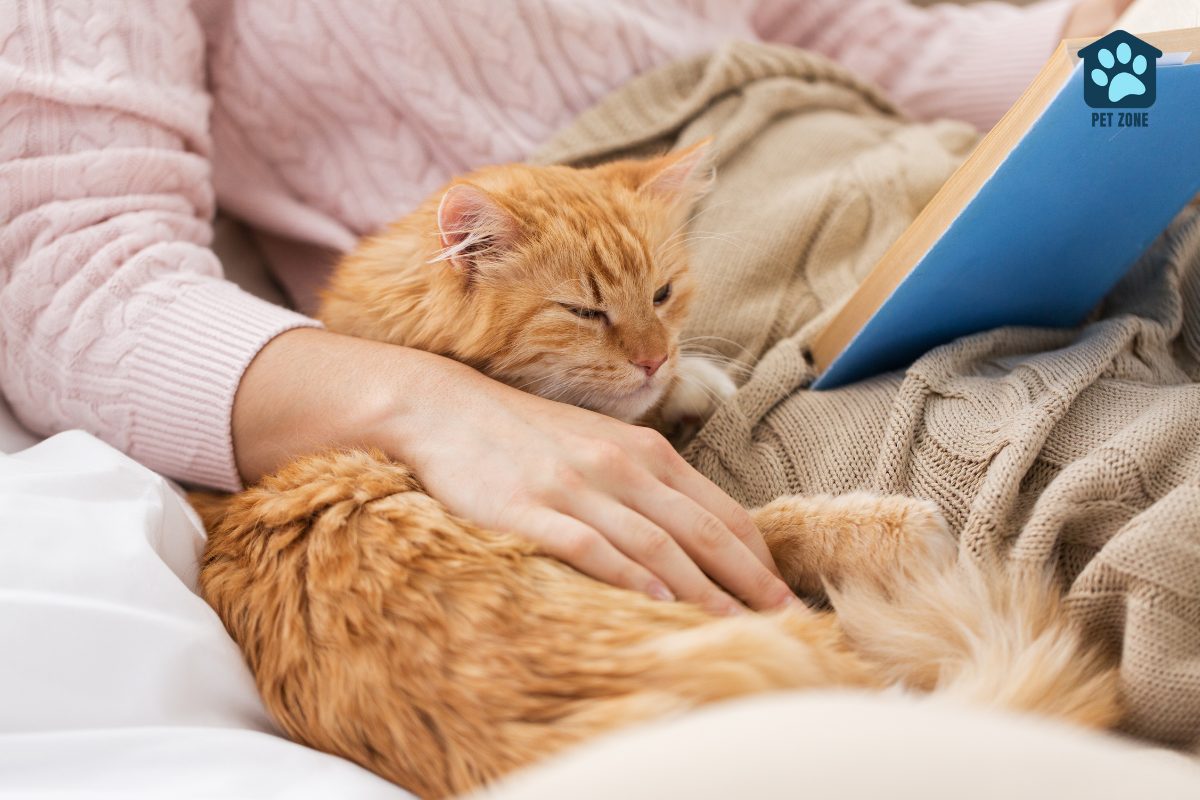
Conclusion
When your cat slaps you with their tail, it’s often a sign they care. They might be trying to tell you something, like “Hey, look at me!” or “I missed you.” Look at their body language for more clues about what they feel.
If the tail is high and moving softly, your feline friend could be happy. When responding to a tail slap, stay calm and gentle so as not to scare them. Remember this behavior shows how unique and expressive cats can be in sharing their feelings with us!
Frequently Asked Questions
When your cat slaps you with its tail, it could be trying to get your attention or show affection. Cats use their tails to communicate a lot of different feelings.
If your cat wags its tail while lying down, it might be cozy and content. Sometimes they do this when they’re relaxed in their bed or favorite chair.
Yes, a quick flick of the cat’s tail can be a warning sign that your pet is annoyed. It’s smart to watch for other body language cues too and respond nicely.
Sure! Many cats will tap or wrap their tails around you as a way of marking you as “theirs” because they like you so much!
If your cat hits you in the face with its tail, maybe try seeing if it needs anything like food or playtime – often, they’re just trying to tell us something!
Cats might hit another pet with their tails either to shoo them away from something like a full bowl of litter or when trying to complete tasks on things like getting up onto a high-up spot on the cat tree.
As an Amazon Associate I earn from qualifying purchases.
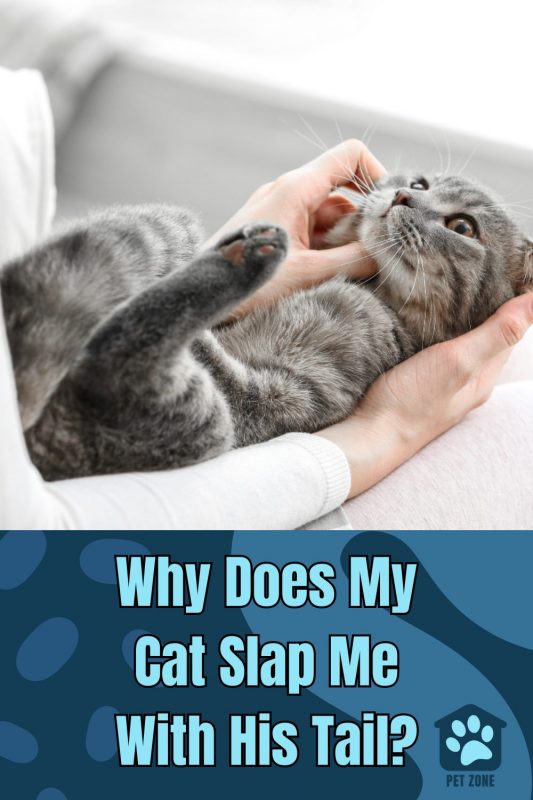
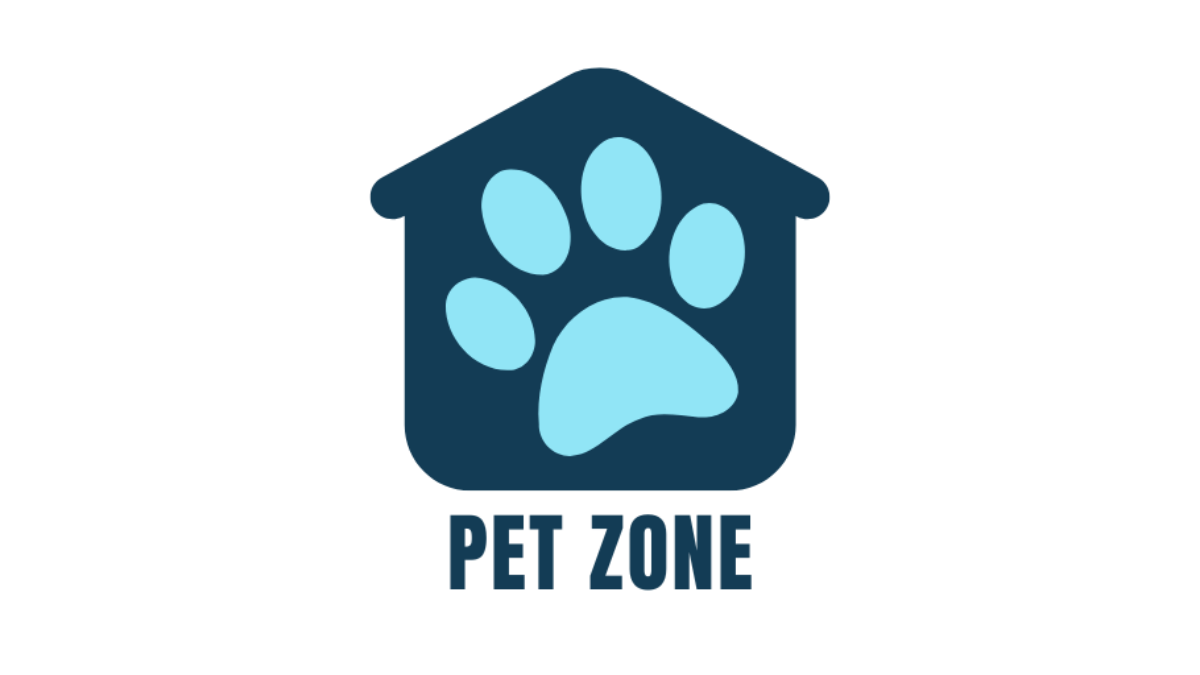

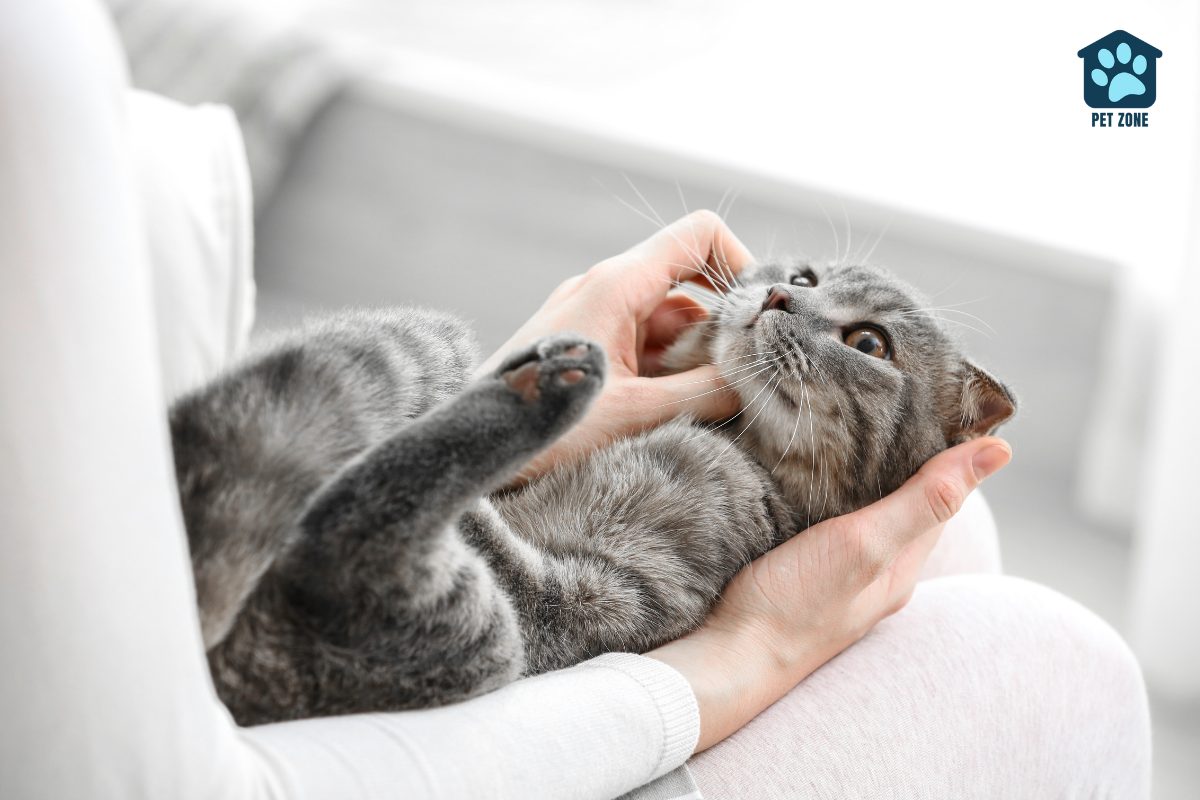
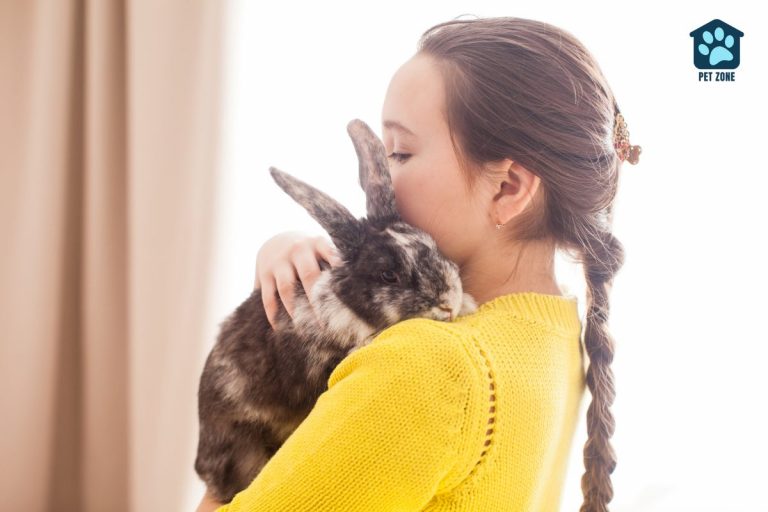
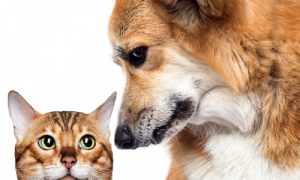
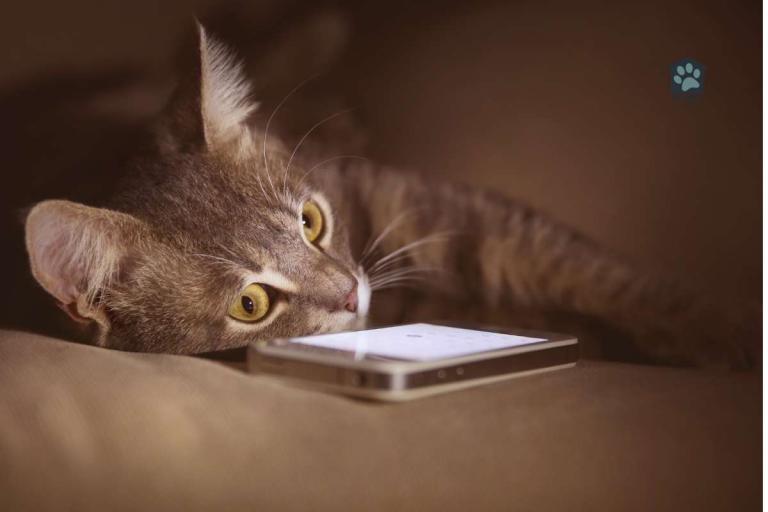
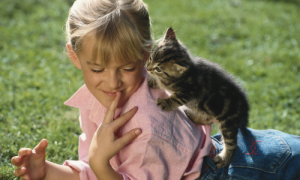
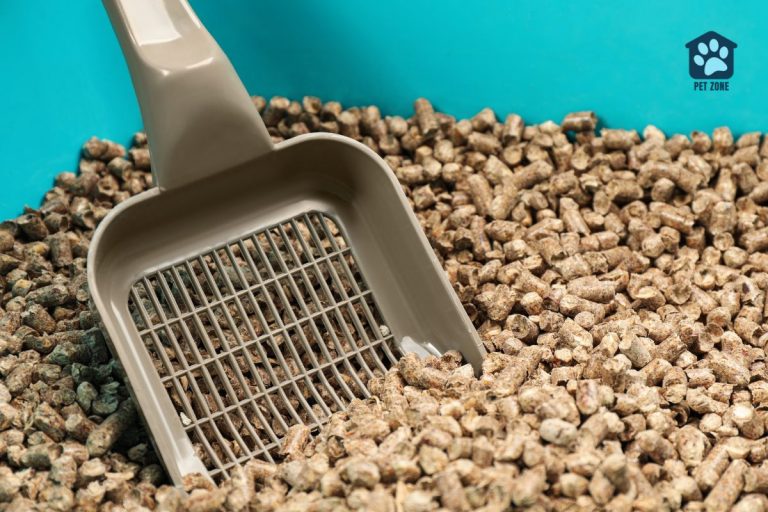

It’s so interesting to figure out cat tail movements to try and figure out what they’re doing or trying to tell us. I noticed that my cats have slapped us with their tail, and it’s so cool to read about it.